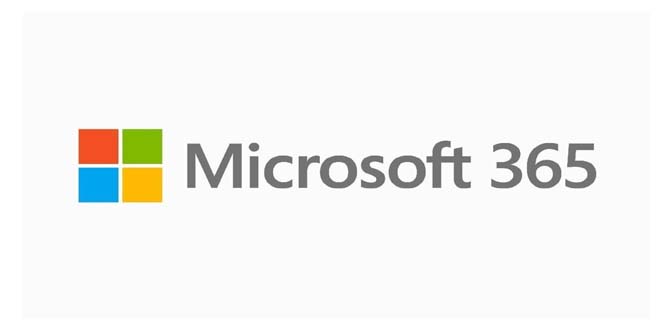CISA started the SCuBA project to improve the security of email and cloud environments in the federal government. The project aims to enhance the security features of commonly used products and services and provide better visibility at the enterprise level to support our cybersecurity goals.
This meant creating secure configurations to respond to current and changing threats, providing guidance for practical implementation at agencies, and an assessment tool to understand the current situation and identify necessary steps.
ALSO READ:
CISA has released Version 1.0 of Secure Configuration Baselines for Microsoft 365 (M365) and ScubaGear tool. The baselines offer policy configuration recommendations that match each agency’s specific needs and risk tolerance levels.
These Baselines have been improved with input from partners and experiences gained from on-the-ground implementation efforts.
In October 2022, CISA launched the draft M365 Secure Configuration Baselines and garnered an impressive response from both public and private sector partners. The engagement was so extensive that hundreds of valuable insights were collected. Simultaneously, CISA undertook a series of pilot projects with federal agencies to ensure the implementation of cutting-edge cloud security measures. These pilots served two important purposes: they highlighted the paramount importance of these configuration baselines in bolstering cybersecurity and emphasized the value of comprehensive guidance to encourage widespread adoption across organizations, in alignment with enterprise risk management principles.
The pilot project showed that the ScubaGear tool is easy to use and provided insight into the resources needed for full adoption. All participating agency teams were able to increase security for their M365 email and cloud environments with their existing expertise.
Applying the M365 Secure Configuration Baselines is important for all organizations in today’s cyber threat environment. It is also a relatively easy task for most cybersecurity teams, even though the results may vary.
CISA released the ScubaGear assessment tool to help organizations quickly evaluate their M365 services. This tool makes it easier for agencies and organizations to assess their configurations and has been downloaded over 4,000 times since its launch. Its results, along with SCuBA Baselines, have helped many agencies improve their cybersecurity.
After a year of coordination and technical support, CISA is excited to announce the publication of seven M365 Secure Configuration Baselines.
Microsoft Teams Defender for Office 365
Power Platform Azure Active Directory
Power BI SharePoint Online and OneDrive for Business
Exchange Online
Based on agency feedback, expert insight, Microsoft product updates, and extensive collaboration from Microsoft and other partners, Version 1.0 of the M365 Secure Configuration Baselines incorporates over 100 modifications to the initial draft. CISA also made close to 50 enhancements to the ScubaGear tool as well to improve user experience and reliability. While the final M365 baselines differ from the draft in meaningful ways, a few key improvements are of note.
Combined SharePoint and OneDrive: To improve usability and functional convenience, we integrated the baselines for SharePoint and OneDrive into one.
Optimized Baselines for Assessment Purposes: Our pilot experience illustrated the need for improved categorization and verification potential to facilitate assessments and implementation planning. We removed policies that could not be verified through tools, reorganized policies into more logical groupings, and established unique policy identifiers. These changes clarified the intent of the baselines, streamlined their implementation, and directly improved the ScubaGear tool. Ease of use and ease of implementation is a critical component.
Focus on Practical Application and Communication: In order to drive progress and adopt an elevated baseline, practitioners and managers need to coordinate. And change management requires great communication. We incorporated rationale statements and additional clarity related to risk tolerance and risk acceptance determinations. Where possible, CISA also provided information on the business impact of specific controls to support decision-making.
 InfoSecBulletin Cybersecurity for mankind
InfoSecBulletin Cybersecurity for mankind














